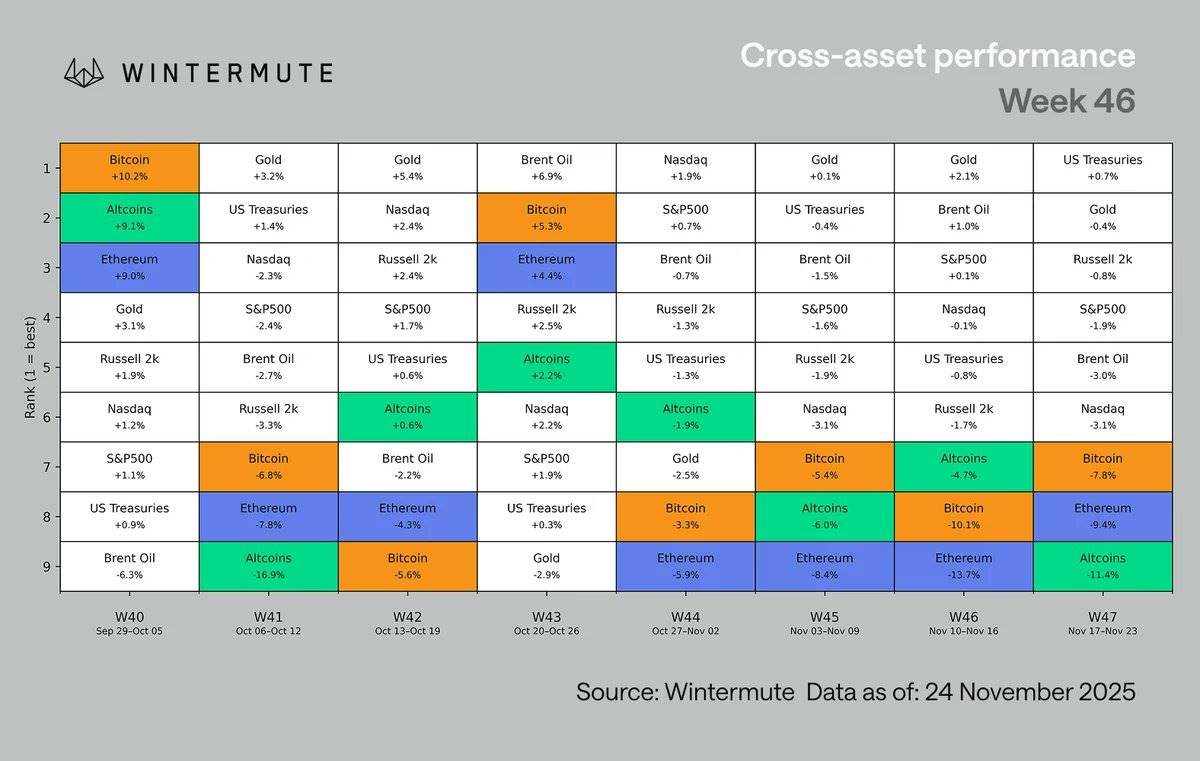Systemic Vulnerabilities in U.S. Federal Data Infrastructure: A Catalyst for Cybersecurity and Identity Protection Investments
- U.S. federal data infrastructure faces systemic vulnerabilities from cyberattacks, AI risks, supply chain issues, climate disruptions, and space system threats. - DHS/CISA identified five priority risks, including China-linked cyber threats and ransomware surging 65% in 2025, with U.S. agencies as top targets. - Cybersecurity spending hit $5.1 trillion in 2024, driven by zero-trust frameworks, AI-driven threat detection, and identity protection innovations. - Investors prioritize AI-centric firms (e.g.,
The U.S. federal data infrastructure, a cornerstone of national security and economic stability, is under unprecedented strain. From 2024 to 2025, systemic vulnerabilities—ranging from cyberattacks by state-sponsored actors to climate-induced disruptions—have exposed critical weaknesses in the nation's digital backbone. These risks are not abstract; they are materializing in real-time, with cascading implications for financial markets and investment strategies. For investors, the intersection of government data security risks and the cybersecurity/identity protection sectors presents both challenges and opportunities.
The Anatomy of Systemic Vulnerabilities
The U.S. Department of Homeland Security (DHS) and the Cybersecurity and Infrastructure Security Agency (CISA) have identified five priority risk areas in their 2024-2025 strategic guidance:
1. Cyber threats from China-linked groups (e.g., Volt Typhoon), which exploit advanced persistent threats (APTs) to target critical infrastructure.
2. AI-driven risks, where artificial intelligence is weaponized for malware, deepfakes, and social engineering.
3. Supply chain vulnerabilities, exacerbated by global disruptions and reliance on foreign manufacturing.
4. Climate-related disruptions, such as hurricanes and extreme weather events, which strain infrastructure resilience.
5. Dependency on space systems, including GPS and satellite communications, now exposed to cyber and physical threats.
These vulnerabilities are compounded by the rise in ransomware attacks. Comparitech's 2025 report reveals a 65% surge in ransomware incidents targeting government agencies, with 208 attacks recorded in the first half of 2025 alone. The U.S. accounted for 35% of these attacks, including high-profile breaches at the Cleveland Municipal Court and Oregon's Department of Environmental Quality. Ransom demands often exceed $2 million, and attackers increasingly auction stolen data on the dark web, ensuring profit even if ransoms are refused.
Financial Market Reactions and Investment Trends
The financial markets have responded to these risks with a surge in cybersecurity spending. According to Gartner , global IT spending reached $5.1 trillion in 2024, with 80% of CIOs increasing cybersecurity budgets. The U.S. government's push for zero-trust architectures, identity and access management (IAM) 2.0, and AI-driven threat detection is driving demand for cutting-edge solutions.
Key investment themes include:
- Zero-trust frameworks: Companies like Palo Alto Networks (PANW) and CrowdStrike (CRWD) are leading the shift from perimeter-based security to continuous authentication.
- AI and machine learning: Firms such as Darktrace (DRKTF) and Cylance (CYLN) are leveraging AI for real-time threat detection and response.
- Supply chain security: Tools from companies like Wiz.io and Tenable (TENB) are addressing vulnerabilities in third-party ecosystems.
- Identity protection: Biometric authentication providers (e.g., BioCatch, Okta (OKTA)) are capitalizing on the move to passwordless IAM.
The average cost of recovering from a ransomware attack has risen to $2.73 million, according to recent research. This has spurred demand for automated patch management, secure-by-design software, and quantum-resistant cryptography—areas where startups and established players alike are innovating.
Strategic Implications for Investors
The systemic nature of U.S. federal data vulnerabilities ensures sustained investment in cybersecurity and identity protection. However, investors must navigate a fragmented landscape of niche players and megacap tech firms. Here's how to position a portfolio:
- Prioritize AI-Driven Cybersecurity Firms: The dual-edged nature of AI—both as a tool for attackers and defenders—makes companies with AI-centric offerings (e.g., Darktrace, CrowdStrike) attractive.
- Invest in Identity and Access Management (IAM) 2.0: As governments and corporations phase out password-based systems, IAM providers with biometric and risk-based authentication capabilities will see strong growth.
- Diversify Across Supply Chain Security: With 70% of breaches involving third-party vendors, tools for supply chain risk assessment and monitoring are critical.
- Monitor Climate-Resilient Infrastructure Stocks: Climate-related disruptions are driving demand for infrastructure resilience solutions, including secure cloud storage and disaster recovery platforms.
Conclusion: A Long-Term Play on Resilience
The U.S. government's acknowledgment of systemic vulnerabilities—through CISA's cross-sector risk assessments and the Biden administration's national security directives—signals a paradigm shift. Cybersecurity is no longer a reactive expense but a strategic imperative. For investors, this translates to a long-term opportunity in sectors that align with federal priorities: AI-driven threat detection, identity protection, and supply chain resilience.
As the financial markets grapple with the fallout of ransomware attacks and geopolitical cyber warfare, the cybersecurity and identity protection sectors are poised for sustained growth. The key is to invest in companies that not only address today's threats but also anticipate tomorrow's—because in the digital age, resilience is the ultimate competitive advantage.
Disclaimer: The content of this article solely reflects the author's opinion and does not represent the platform in any capacity. This article is not intended to serve as a reference for making investment decisions.
You may also like
Who would be the most crypto-friendly Federal Reserve Chair? Analysis of the candidate list and key timeline
Global markets are closely watching the change of Federal Reserve Chair: Hassett leading the race could trigger a crypto Christmas rally, while the appointment of hawkish Waller may become the biggest bearish factor.

Wintermute Market Analysis: Cryptocurrency Falls Below $3 Trillion, Market Liquidity and Leverage Tend to Consolidate
This week, risk appetite deteriorated sharply, and the AI-driven stock market momentum finally stalled.

Former a16z Partner Releases Major Tech Report: How AI Is Eating the World
Former a16z partner Benedict Evans pointed out that generative AI is triggering another ten-to-fifteen-year platform migration in the tech industry, but its final form remains highly uncertain.
